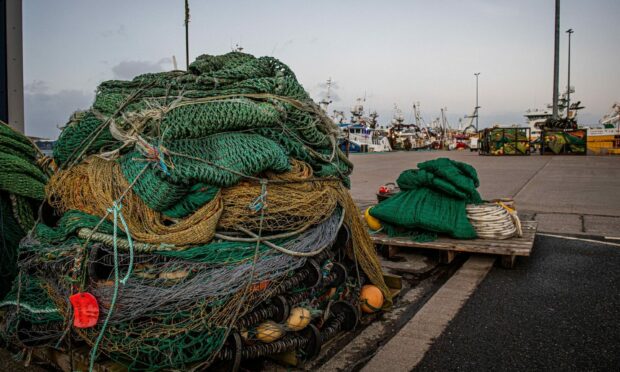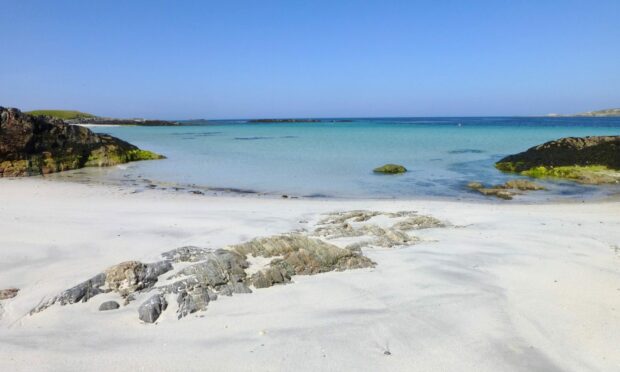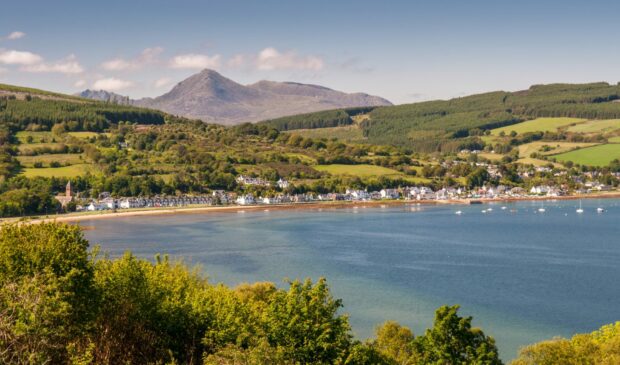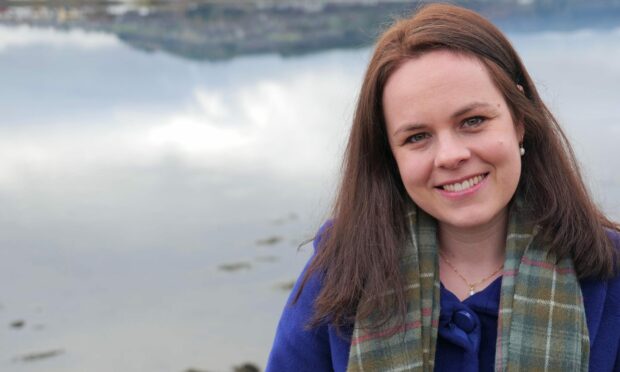Plans for Highly Protected Marine Areas caused widespread outrage and confusion about their impact across coastal communities.
Islanders fear the fishing ban proposals could threaten their existence at a time depopulation is such a big problem.
But supporters say it is essential to act now against a climate crisis and protected damaged or threatened seas.
With the debate reaching the Scottish Parliament today and tomorrow, here’s all the background to you need to know about the policy.
What are Highly Protected Marine Areas?
Highly Protected Marine Areas (HPMAs) are designated areas of the sea that are strictly protected to allow the marine ecosystems within to recover and thrive.
The Scottish Government is committed to introduce HPMAs over at least 10% of Scotland’s seas by 2026.
The policy is a consequence of the power-sharing deal between the SNP and Greens, known as the Bute House Agreement.
Delighted to meet @scottishgreens co-leaders @patrickharvie & @lornaslater at St Andrew's House this afternoon where we reaffirmed our support for the Bute House Agreement, which will maintain our pro-independence majority at 🏴 @ScotParl & deliver for the people of Scotland. pic.twitter.com/ZtV5IrZMIg
— Humza Yousaf (@HumzaYousaf) March 27, 2023
Commercial and recreational fishing would be banned in the zones.
They would also place strict limits on infrastructure construction.
Scotland already has a network of Marine Protected Areas covering about 37% of its seas.
Have locations been selected?
Despite the promise, first Minister Humza Yousaf says no sites have been identified.
This will only begin once responses from a recent public consultation are analysed.
The SNP leader told Holyrood the policy will not be “steamrolled” upon any community strongly opposed to them.
The Scottish Parliament has powers to impose HPMAs on the inshore region, which extends up to 12 nautical miles from the coast.
The UK government would need to be involved in any plan to legislate beyond that limit over the offshore region, which extends to the outer limit of the continental shelf.
What are the suggested benefits?
Supporters say HPMAs will lead to greater biodiversity and abundance of marine species including species which are targeted by commercial and recreational fishers.
In the Mediterranean Sea, a major study of Marine Protected Areas revealed that MPAs brought significant positive effects for fisheries target species.
The level of benefit for fisheries increased with the level of protection.
In the Philippines, a study of a Marine Reserve showed that benefits of the reserve to local fisheries were higher catch, increased catch rate and a reduction in fishing effort.
The tourism benefits generated by the reserve also enhanced the living standard of the fishing community.
Closer to home, a study of the Lamlash Bay No Take Zone off Arran showed that since protection, biodiversity has increased substantially, along with the the size, age and density of commercially important species such as the king scallop and the European lobster.
Those in support of the policy say ocean recovery could widen the range and increase the amount of alternative fish which could be caught, benefiting fishing communities.
Other positives outlined in support of the policy, include improving the capacity of the marine environment to store carbon dioxide.
The world’s oceans absorb some 25% of all carbon dioxide emissions.
Why has there been a backlash?
Much of the criticism centres on the consultation process which coastal communities and the fishing industry believe did not engage with them enough.
Others argue the proposals demonstrate an “ignorance” of remote and island areas.
The Sustainable Inshore Fisheries Trust, which is broadly in favour of the proposals, agreed the consultation has been “flawed”.
Political critics include SNP MSPs Kate Forbes, Fergus Ewing and Karen Adam.
Former SNP MSP Angus Macdonald, who lives in Lewis, quit the SNP after 35 years, describing the new highly regulated fishing zones as the “final straw”.
The Scottish Conservatives called for the “deeply damaging” proposals to be reconsidered.
Tories drew up proposals to replace the current plan with a “small scale” pilot scheme.
MSPs in Labour and the Liberal Democrats also expressed concerns.
But all three opposition parties included policies for new marine protected areas within their 2021 election manifestos.
What next?
The proposals are already being tested by opposition parties at Holyrood.
Liberal Democrat Highland and Islands MSP Beatrice Wishart organised a debate for Tuesday, May 2.
Scottish Tories will force the policy to go to a non-binding vote on Wednesday May 3. While the result of that will not change anything, it will demonstrate the view across parliament.
Scottish Government minister Mairi McAllan, who is overseeing the policy, says she recognises the “considerable strength of feeling on this issue”.
She will visit coastal and island communities over summer to hear feedback.
The SNP cabinet secretary also plans to meet coastal MSPs in an attempt to reassure her party colleagues.




Conversation